Italy has offered travellers from the US, Canada and Japan a way to visit Italy for any reason without quarantine, and quite a few of The Local’s readers have made the journey over here (and in some cases, back again).
When the government changed its entry rules on June 21st, it said that visitors from these countries would be allowed to enter under the same terms as the EU’s ‘green pass’ scheme.
EXPLAINED: How has Italy changed its rules on travel from the US and Canada?
That means a ten-day quarantine rule will not apply to passengers who can provide proof of being fully vaccinated or having recovered from Covid-19, or who can show a negative result from a test taken within the 48 hours before arrival in Italy.
The new rules state that travellers now need two key documents to enter Italy: either a certificate of vaccination, a negative test result or a medical certificate of recovery, and a European Digital Passenger Locator Form (dPLF) for contact-tracing purposes.
Which certificates are accepted, when do you need to show them – and is it worth carrying a paper copy? Here’s what readers told us after they flew from the US to Italy in the past few weeks.
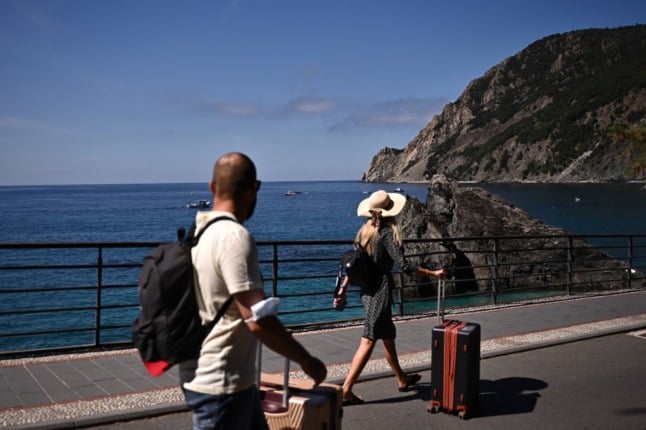
Does Italy accept CDC vaccination cards?
Some travelers told us they were concerned about the possibility that Italian border police might decide to implement different rules to those stated by Italian government websites.
However, none of the passengers we spoke to reported any problems using the Centers for Disease Control and Prevention (CDC)’s standard Covid vaccination card.
“I had a pile of documents with me but only ended up showing my CDC vaccination card – white cardboard with logo – to the Delta agent in New York,” said Peter, who flew from JFK to Florence via Paris in early July.
Bear in mind that Italy requires travellers to be fully vaccinated by the time they arrive: that means your CDC card must show details of both shots, unless you received the Johnson & Johnson single-dose vaccine, and the final jab should be dated at least 14 days before your trip.
Where do you have to show your health documents?
To judge by our readers’ experiences, it’s your airline that will want to check your documents are in order.
Most travellers reported that their certificates were inspected at the departure airport before they boarded their flight rather than on arrival in Italy.
“The process was a bit confusing at JFK but everyone was very friendly, at first!” reports Jennifer, who flew from New York to Rome on a Covid-tested flight in late June.
“There was a separate check-in area at Delta as I wasn’t able to check in via the website. There were multiple document checks and many lines with different types of checks, then at the gate they checked our documents and our temperature again prior to boarding.”
Patricia described a similar experience flying on Delta through Atlanta in early July: “Near the departure gate, there were a couple of stations set up. There a person checked my vaccine card and ensured that I had filled out the EU Digital Passenger Locator Form. Then at the other station, someone signed off on my ticket, and I was free to go to the gate to board. Simple!”
She was on a regular flight without Covid tests before and flying, and was surprised by how easy things were when she landed at Rome Fiumicino.
“I walked right through customs, got my bag, and I was out within 15 minutes – definitely my most streamlined experience here!”
Reader Diane, who flew on July 1st, reported a similarly straightforward process.
“Getting to Florence from SFO was much easier than we thought it would be,” she said.
Paper or digital?
While Italy now says people living within the EU can’t enter without a digital ‘green pass’, it is accepting paper health documentation from US travelers (such as their CDC vaccination cards).
The other document required, the European Digital Passenger Locator Form, is available to complete in either digital or paper format.
According to those who have travelled recently, the version you’ll need seems to depend on your airline.
“I needed to show my US vaccine card to get on the plane (Delta) at JFK. On the plane they made us fill out their own version of the Locator Form, and we turned it in to the stewards as we exited the plane,” explained Arthur, who travelled to Italy from New York via Paris on July 6th.
“In order to board the Air France plane from Paris to Naples they wanted to see the form. I had filled it out online, but I also made a paper copy. They only looked at the paper copy.”
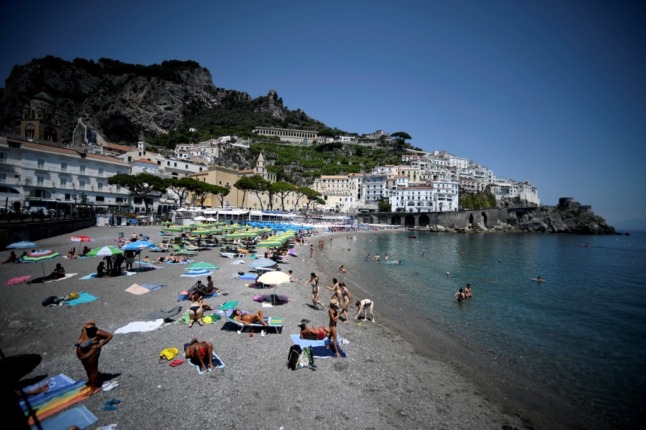
Some readers reported having difficulties with the form, however.
Linda, who flew to Rome with United Airlines on June 24th, reported that the form “comes with no instructions and has a confusing question about whether we had a waiver from the Italian Ministry of Health. Apparently the correct answer is “yes”, but many passengers had questions about that.”
“The documents inspection line in Newark was so long that we took off an hour late,” she added.
“The digital passenger locator form can be uploaded to United’s site the night before departure, but gate agents still needed to see a copy.”
Do you still need a test?
Several readers told us that they had also been tested shortly before the flight, and took their testing certificate with them to the airport as well as having their proof of vaccination at the ready.
Often this was because they had booked a “Covid-tested” flight before the rules changed on June 21st.
But in every case, passengers were only asked to show either their proof of vaccination or a negative test result – not both.
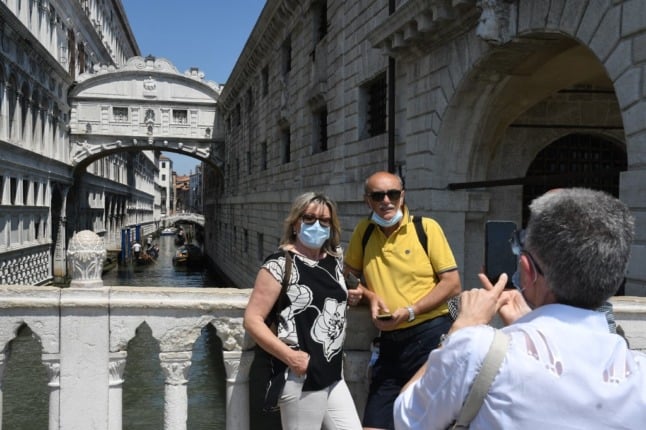
What else should you be aware of?
Several readers have asked for clarification on the rules for children. The Italian Embassy in Washington said: “minors accompanied by a parent/caregiver with one of the above certifications [of vaccination, recovery or a recent negative test result] must always take the pre-departure Covid test if they are 6 years old and over.”
Under-6s are exempt from the testing requirement, the Embassy confirmed.
There has also been some confusion about whether or not US visitors will need to use the Italian digital ‘green pass’ either for travel or for accessing certain venues or events within Italy. The document is now a requirement for entry to many leisure venues including museums, theaters and indoor restaurant seating areas – including for tourists.
At the moment, the Italian version of the ‘green pass’ document is only being issued to people who were vaccinated, tested or recovered from Covid-19 in Italy
READ ALSO: When do you still need to wear a mask in Italy?.
If you were vaccinated in the US, you instead need to use your CDC card – even though several readers have pointed out that, for example, the state of New York has introduced a digital health pass bearing a QR code. At the moment, this does not appear to be recognised by Italian authorities.
While some readers have reported having issues with presenting their US-issued CDC vaccination cards due to confusion about the rules among venue staff checking passes, many others have confirmed that they were able to successfully use theirs as proof of vaccination.
If you need to find out how to get tested in Italy for your return journey, see a complete guide here.
Thank you to everyone who took the time to share their travel experiences with us, including those whose comments we weren’t able to include in this article.

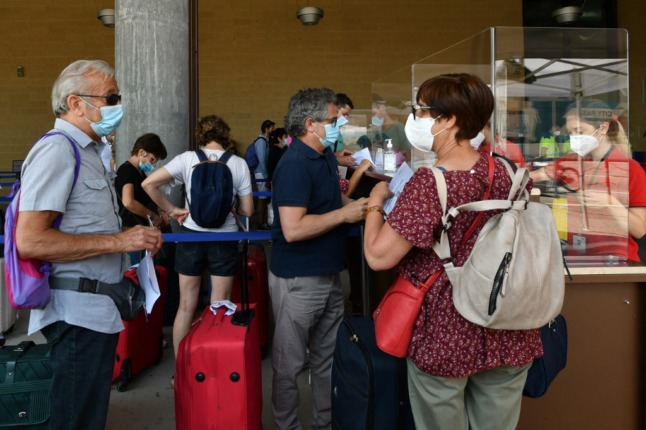
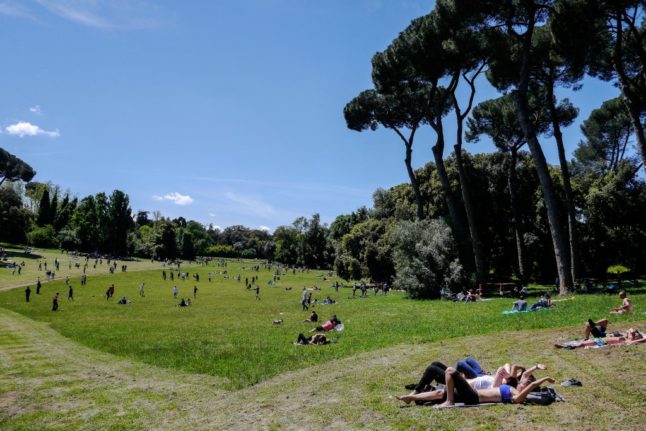
 Please whitelist us to continue reading.
Please whitelist us to continue reading.
Is there still a health screening on arrival in Italy? If so, what would happen if a traveler had a temperature above normal?
What about Canadian experience with showing provincial vaccine records to enter Italy?
Please do keep in mind that your paperwork is checked carefully at DEPARTURE. Not on arrival. If you do not have your paperwork lined up, you will be denied a boarding pass, be it in the states or in europe. So do not be lulled by the lack of checking at arrival. Your challenge is at departure.
Thanks for this article! Cleared up a lot of my questions.
Doesn’t matter until moron Biden lifts the US travel restrictions.
Comment about President Biden not appreciated.
Biden’s travel policies not appreciated. Stick and stones buddy.
Are there any updates as to whether Italy will allow vaccinated Brits to enter Italy after the review on the 31st July?
We flew into Milan in mid-June on a Delta Covid-free flight. It was the day that the Italian government suspended rapid tests for departure and arrivals, so we did not have to do that. However, at Malpenza, the police checked our negative test results (on paper) and our vaccination card, before we went through customs.
On 10 July, travelled from Atlanta to Amsterdam and on to Florence. I had a vaccination card and the European data locator form. I was not asked for any documents on the way over. On the return, had to get a COVID test and show the results to KLM at check in at Florence. KLM also gave me a contact tracing form that was turned in to the airport staff at security. In Amsterdam, had to fill out a tracing form for Delta at the gate. On arrival, I wasn’t asked for anything but note that I went through global entry. Overall very easy. I was in Liguria and masks were used indoors only.
Question. Does the EU digital passenger locator form have to be filled out within a few days of arrival to Italy or does it not matter? I did one in June for a September arrival. Thank you. Lisa
Is there anyone who has traveled to Italy (from the USA) with only a negative Covid —test —-received within 48 hours of arrival? If so, which type of Covid test did you utilize? And how did it go with Italian Customs and Airline personnel? Grazie mille and spero ci sentiamo presto!